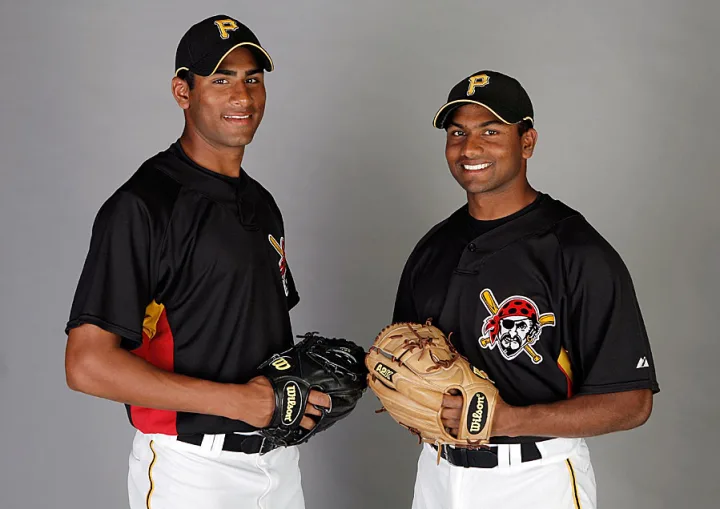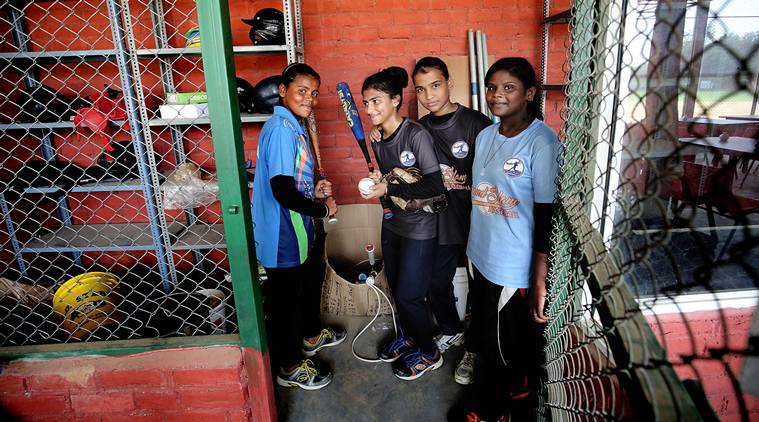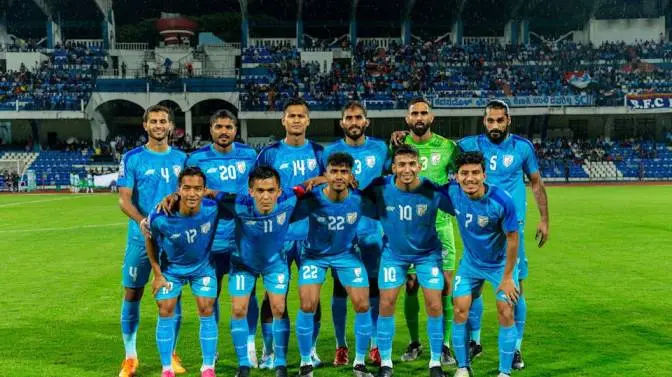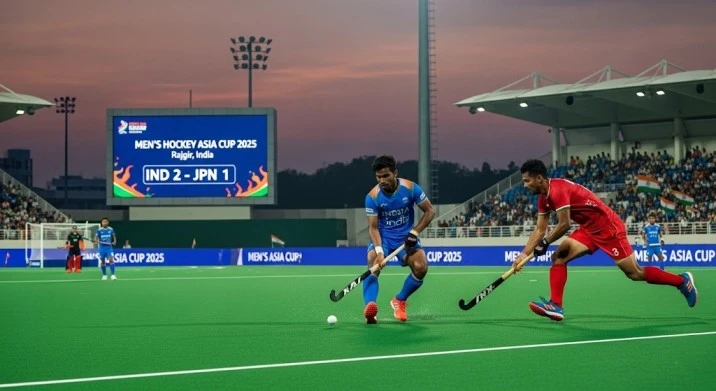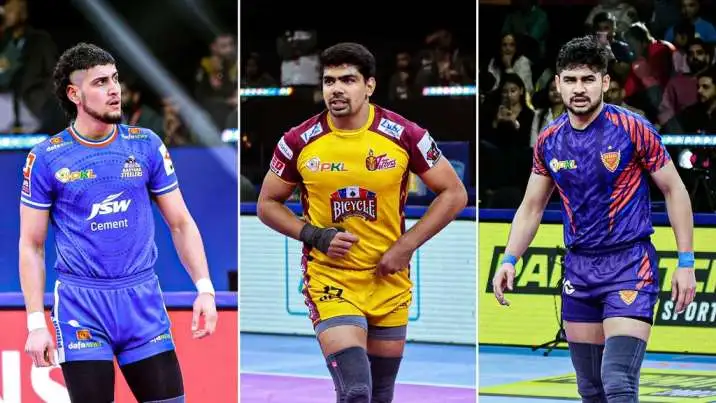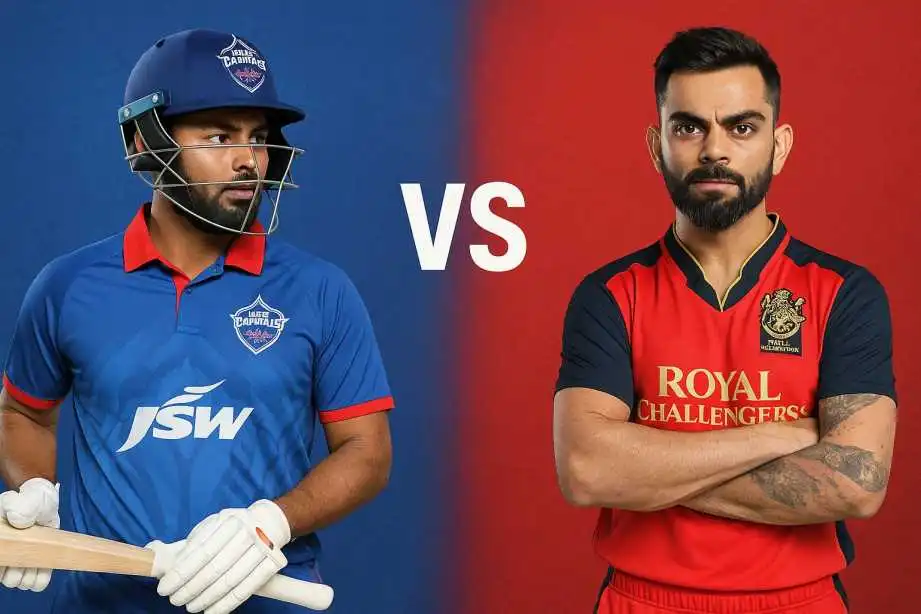To know how many players on a baseball team? Envision a warm summer evening, the sun sparkling in brightness as you sit in the stands, the scent of popcorn drifting through the air.
The crack of the bat echoes as a player interfaces with a pitch, sending the ball taking off into the outfield. Have you ever thought about how many baseball players are on the field during a game? Recently, we dove into the excitement of the sport.
In baseball, each group consistsof nine players at any given time. This unique number offers key tips on group procedures, player roles, and the flow of the game.Understanding how a baseball team is structured and the roles each player has can deepen your appreciation for the game. This is true for players, fans, and newcomers alike.
How Many Players Are There in a Baseball Team?
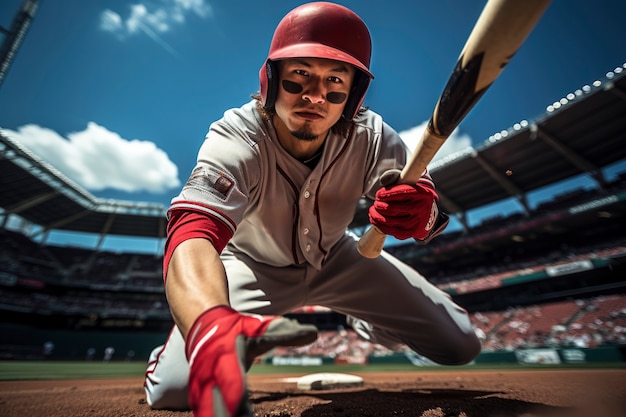
This web journal post will explore the roles of each position on the field. It will discuss how player arrangement matters and how to develop handling strategies. Also, it will show how these factors enhance the baseball experience.
Read Also:Can Baseball Catch Up with Cricket in India?
By the end of this article, you'll understand the nine players on the field. You'll see how they work together to create the exciting game we all enjoy.So, let's step onto the jewel and break down the parts of each player on the field!
The Essentials of Baseball Positions
In a standard division of baseball, each group has nine players situated deliberately on the field. These players fall into two groups: infielders and outfielders. The pitcher and catcher are often called the "battery." They play key roles in defense and offense.
The Infield Positions
Pitcher (1): The heart of the defense, the pitcher is capable for conveying the ball to the hitter. This role needs skill, strategy, and precision. The pitcher must outsmart the player and prevent runs from scoring.
Catcher (2): The catcher stands behind home plate. They are key in receiving pitches, calling plays, and organizing the defense. The catcher must have a solid arm to toss out base runners endeavoring to take and fast reflexes to square pitches.
First Baseman (3): This player stands near first base. They handle ground balls, catch throws from infielders, and make plays to get runners out. The first baseman regularly has a critical part in cautious strategies.
Second Baseman (4): Situated to the right of to begin with, the moment baseman is dexterous and fast, covering a huge zone of the infield. This player is crucial in twofold plays. They also help manage ground balls hit to the right side of the infield.
Shortstop (6): The shortstop is often seen as the most athletic infielder. They cover the area between second and third base. This player is included in about each play and must have solid tossing and catching skills.
Third Baseman (5): Situated close third base, the third baseman is regularly called the "hot corner" due to the speed of batted balls. This player must have speedy reflexes and a solid arm to make precise tosses to first base.
The Outfield Positions
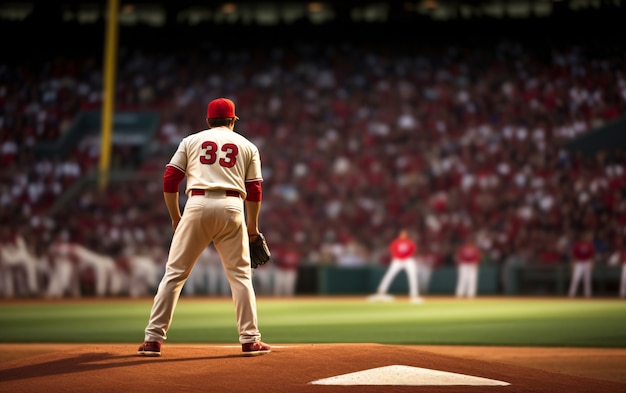
Left Defender (7): The cleared-out defender stands in the outfield. They cover the area to the left of the field. This player must have speed and a strong arm to throw out runners trying to advance bases.
Related Article:How Schools and Academies Are Building Baseball in India?
Center Defender (8): Often the fastest player on the team, the center defender covers the largest area of the outfield. They also watch for fly balls. This player must communicate viably with both infielders and other outfielders.
Right Defender (9): Situated to the right of center field, the right defender moreover needs speed and solid tossing capacities. This player regularly backs up the to begin with baseman on tosses and is pivotal in avoiding runs.
These nine players each have a specific role. Together, they form a strong team focused on getting outs and predicting runs.
The Significance of Player Roles
Knowing the roles in baseball boosts your game knowledge. It also highlights teamwork and strategy. Each player must work with their partners. They need to adjust to the game and what the other team is doing.
Teamwork and Communication
The victory of a baseball group depends intensely on successful communication among its players. When a ball is hit to the outfield, the center fielder must quickly assess the situation. They need to talk to the left and right fielders about who will make the play.
This level of cooperation expands to the infield as well. When a ground ball is hit, the shortstop and second baseman usually team up. They work together to make a double play. This relies on perfect timing and coordination.
Defensive Strategies
The qualities and shortcomings of the players on the field impact defensive procedures in baseball. For example, if a team has a strong pitcher, the fielders may shift their positions. They do this to match the pitcher's style.
The move is a popular technique today. It involves changing where infielders stand based on the batter's hitting patterns. If a left-handed drag hitter is up to bat, the defense may shift more players to the right side of the infield. This change boosts their chances of getting an out.
At Platecrate, we get it the significance of cooperation in baseball. Our membership boxes provide players with premium gear and training aids. These tools help them sharpen their skills. They also build stronger ties with their teammates. When you subscribe to Platecrate, you’re not getting gear. You’re joining a community that celebrates the spirit of baseball.
The Advancement of Baseball Positions
Baseball players' roles and responsibilities have changed greatly over time. Changes in gameplay, technique, and player specialization affect this advancement.
Historical Context
In the early days of baseball, positions were not as clearly characterized as they are nowadays. Players often took on many positions during a game. Specialization was not very common. As the game grew in popularity and complexity, groups began assigning specific roles to players. This led to the modern format we see today.
Modern Specialization
Today, player specialization is at new levels. Many teams use strategies to enhance their players' strengths. For example:
Relief Pitchers: Many teams now have specialized pitchers. They come in for specific situations, like facing left-handed hitters or closing out games. This method permits groups to coordinate pitchers to hitters more effectively.
Utility Players: These versatile players can step in at many positions, adding flexibility and depth to teams. Having a utility player can be vital for overseeing wounds or weariness amid a long season.
Defensive Arrangements: New insights and analytics have led teams to adopt smart defensive setups. These strategies boost their chances of getting outs. This incorporates utilizing shifts and altering player positioning based on data-driven insights.
At Platecrate, we know that understanding these advancements helps players and fans enjoy the game more deeply. Our curated boxes often include helpful materials and training aids. These highlight the latest techniques and strategies in the sport.
The Community Viewpoint of Baseball
Baseball isn’t about the players on the field; it’s also about the community that surrounds the game. Baseball brings together players, fans, and families. From youth leagues to Major League Baseball, it builds strong connections.
Youth Alliances and Development
Youth associations play a pivotal part in creating the next era of baseball players. These groups let kids learn the game, build skills, and make friends. Playing with colleagues and competing with other groups helps build community and teamwork. This bond goes beyond the field.
Fandom and Culture
The culture of baseball is rich with convention and camaraderie. Fans accumulate in stadiums, share stories, and celebrate their favorite teams and players. This shared love for the game creates a special bond among fans, whether they attend in person or watch from home.
At Platecrate, we celebrate our community. We give players and fans a place to connect. Our membership boxes offer quality gear and create a sense of belonging for baseball fans. When you join Platecrate, you’re not getting a bundle. You’re becoming part of a larger baseball family.
Conclusion
How many players are there in a baseball team? Baseball is built around nine players on the field. Each player has unique roles and responsibilities. Knowing how many baseball players are on the field and where they stand helps us enjoy the game and its strategies more.Where toWatch Seattle Sounders Vs Cruz Azul?
Baseball is all about teamwork. The pitcher and catcher form a battery. Infielders and outfielders work together to make plays. Cooperation is key in the game. These positions are advancing. This shows how wear is changing and why specialization matters.
Baseball brings the community together. Whether it's youth leagues, local games, or major leagues, players and fans share a special bond. This soul of camaraderie and association is what makes baseball more than a diversion; it’s a way of life.
As you travel for baseball, think about subscribing to Platecrate. It's a monthly treasure trove of tips, training tools, and community support. Each carton is packed with over $100 in value. It’s designed to boost your energy for the game while helping you connect with fellow baseball fans. Join the Platecrate family today and elevate your love for baseball!


